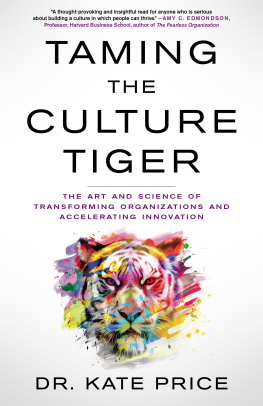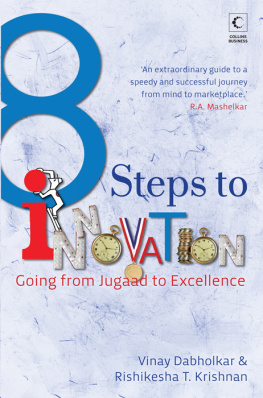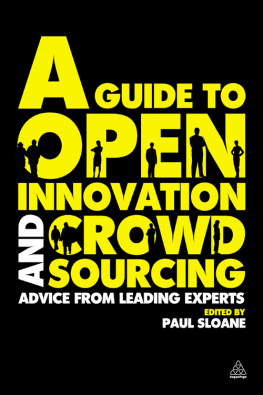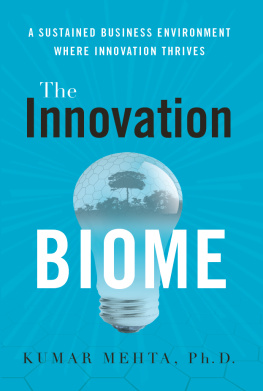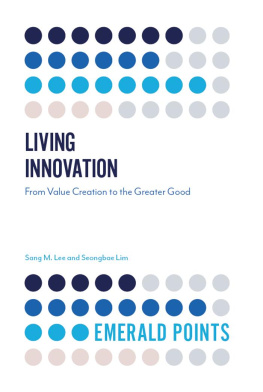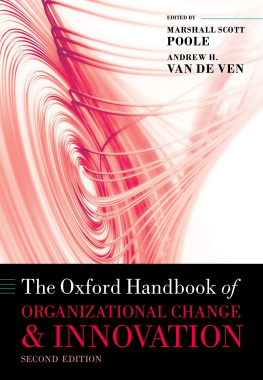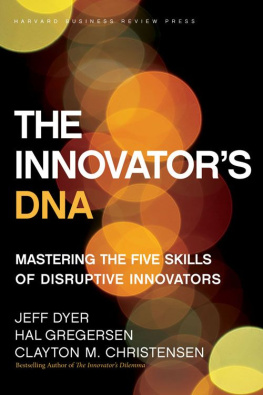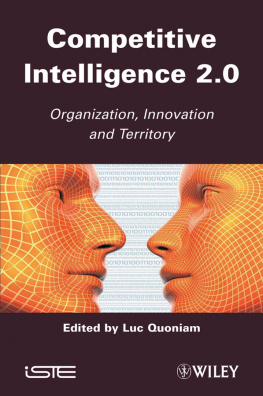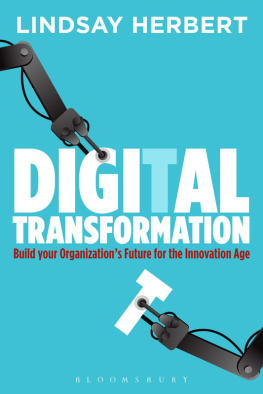THE MULTICULTURAL MIND
THE MULTICULTURAL MIND

Unleashing the Hidden Force for Innovation in Your Organization

DAVID C. THOMAS

The Multicultural Mind
Copyright 2016 by David C. Thomas
All rights reserved. No part of this publication may be reproduced, distributed, or transmitted in any form or by any means, including photocopying, recording, or other electronic or mechanical methods, without the prior written permission of the publisher, except in the case of brief quotations embodied in critical reviews and certain other noncommercial uses permitted by copyright law. For permission requests, write to the publisher, addressed Attention: Permissions Coordinator, at the address below.
|
|---|

| Berrett-Koehler Publishers, Inc.
1333 Broadway, Suite 1000
Oakland, CA 94612-1921
Tel: (510) 817-2277, Fax: (510) 817-2278
www.bkconnection.com |
Ordering information for print editions
Quantity sales. Special discounts are available on quantity purchases by corporations, associations, and others. For details, contact the Special Sales Department at the Berrett-Koehler address above.
Individual sales. Berrett-Koehler publications are available through most bookstores. They can also be ordered directly from Berrett-Koehler: Tel: (800) 929-2929; Fax: (802) 864-7626; www.bkconnection.com
Orders for college textbook/course adoption use. Please contact Berrett-Koehler: Tel: (800) 929-2929; Fax: (802) 864-7626.
Orders by U.S. trade bookstores and wholesalers. Please contact Ingram Publisher Services, Tel: (800) 509-4887; Fax: (800) 838-1149; E-mail: Ordering for details about electronic ordering.
Berrett-Koehler and the BK logo are registered trademarks of Berrett-Koehler
Publishers, Inc.
First Edition
Paperback print edition ISBN 978-1-62656-101-4
PDF e-book ISBN 978-1-62656-102-1
IDPF e-book ISBN 978-1-62656-103-8
2016-1
Produced and designed by BookMatters, edited by Mike Mollett, proofed by Janet Blake, indexed by Leonard Rosenbaum, and cover designed by Brad Foltz.
CONTENTS
Part I
INTRODUCING MULTICULTURALS
THE MULTICULTURAL MIND AND INNOVATION
Part II
UNDERSTANDING MULTICULTURALS
THEIR SKILLS AND HOW THEY SEE THEMSELVES AND THE WORLD
Part III
LEVERAGING THE MULTICULTURAL MIND
CREATING AN INNOVATIVE ORGANIZATION
PREFACE
Recent research has confirmed something that we have suspected for a long timemulticultural experience leads to greater creativity. People who have multiple cultural identities (multiculturals) are at the top of the list of people with significant multicultural experience. In this book I marry this new research with well-known findings from psychology and management to create a road map for understanding this growing segment of the workforce, the multicultural mind, and how organizations can leverage and model people with these unique skills to produce innovative organizations. The principles of innovation are not a secret, but the secret weapon in achieving innovation in your organization may be the multicultural mind.
While grounded in sound scientific research, this book is not an academic text. It is a guide for understanding the potential of a newly emerging and significant portion of the workforce that may hold the key to innovation for many companies. Unlike many management books, this book does not offer simple back of the envelope solutions to complex problems. Rather, I try to synthesize the existing knowledge about multiculturals and innovation in a way that managers will find useful. By understanding multicultural individuals and modeling their development, organizations can chart a course for innovation that takes advantage of a resource that has been hidden in plain sight, the multicultural mind.
The book is divided into three parts. describes the process of confronting cultural differences that results in a multicultural mind. This can occur in many ways, from moving to a new country to dealing with culturally different coworkers.
world, as well as how they can help with strategies for managing dissimilar groups in organizations. The categorization of people according to surface characteristics can mask the value that they bring to organizations.
In I focus on what organizations can do to leverage the unique skills of multiculturals in the service of innovation. I discuss how important the work situation is in influencing multiculturals and on the process of innovation, and what organizations can do to create the type of climate (flexible situations, strong communication, and sufficient resources) that is needed. Understanding how the work situation fosters or supresses innovation is a key factor in leveraging the skills of multiculturals. I also outline the roles (bridging, integrating, mediating) that multiculturals can play to get the most out of multicultural teams, which we have long known are a source of creative ideas. Finally, I offer some ideas on developing organizations that allow multiculturals to assume roles in which they can best contribute to innovation. I also show how modeling the experience of multiculturals can lead to everyone developing a multicultural mind.
This book asks us to think differently about managing diversity in organizations. The multicultural mind is the product of the diversity that exists within individuals, as opposed to between individuals. Understanding the value of a multicultural mind is a significant step in creating organizations that work for and bring out the best in everyone.
ACKNOWLEDGMENTS
A number of individuals and organizations have contributed to the production of this book. I am very grateful to Steve Piersanti, Jeevan Sivasubramaniam, Neal Maillet, and everyone at Berrett-Koehler for caring about the book and making it the best it can be. It was a pleasure to again work with David Peattie at BookMatters, and I thank Mike Mollett for his expert and sensitive copyedit. Rebecca Buckwalter-Poza, Jim Wylde, and Silvia Brugge provided comments on an early draft of the manuscript. This was very helpful, and I am grateful. I am very thankful for the flexibility that was allowed me in my positions with the Beedie School of Business, Simon Fraser University, and the Australian Business School, University of New South Wales to engage in this type of work. In addition to the academic research referenced, the book was influenced by the numerous discussions I have had on this topic with my colleagues, most notably Mary Yoko Brannen, Stacey Fitzsimmons, and Andre Pekerti. Finally, not only was my partner, Lisa, supportive of this work, she read and commented on every chapter. Her perspective as a multicultural person as well as her attention to detail greatly improved the manuscript.
Part I

Next page







